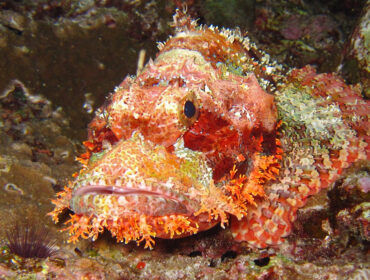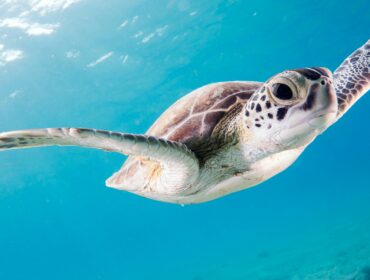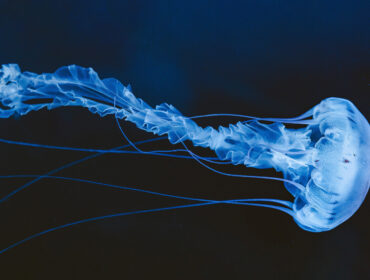Living all over the world and possessing only a primitive spinal cord, larvaceans are some of the most fascinating creatures in the sea. A type of tunicate, these creatures measure just a few centimeters in length, and secrete a mucus-like substance of cellulose and proteins that creates a double filter to both feed and protect the delicate organism.
This filtering works quickly — a large concentration of larvaceans can clean huge areas of water in just a few days. They use their tadpole-like tails to continuously circulate water through the filters, capturing plankton and other tiny organic matter to feed themselves. Because of the unique design of the filter, these creatures capture nanoplankton that other filter feeders would not be able.
The size and shape of the mucous bubble is never absolute among species, but that of the giant larvacean can reach lengths of up to three feet. Once their bubble houses become overweighted with detritus, they are simply abandoned to fall to the ocean floor, becoming food for other deep-dwelling creatures in the sea. Then it is time to build a new house, so once again begins the process of secretion and inflation. This happens several times throughout the day, roughly four hours apart.
Able to survive in waters from the tropics to the Arctic, larvaceans play a much needed role in the ocean’s food chain. Their unique filtration device also helps to process the atmospheric carbon from the phytoplankton they consume, taking it to the seafloor as it’s shed — an important step in the carbon cycle. Scientists have also recently discovered that the larvacean is an ideal species to use in the research of gene regulation and chordate evolution and development.
Check out this fascinating video from Monterey Bay Aquarium showing larvaceans in their natural habitat, as well as a few interesting facts about these wonderful creatures!




